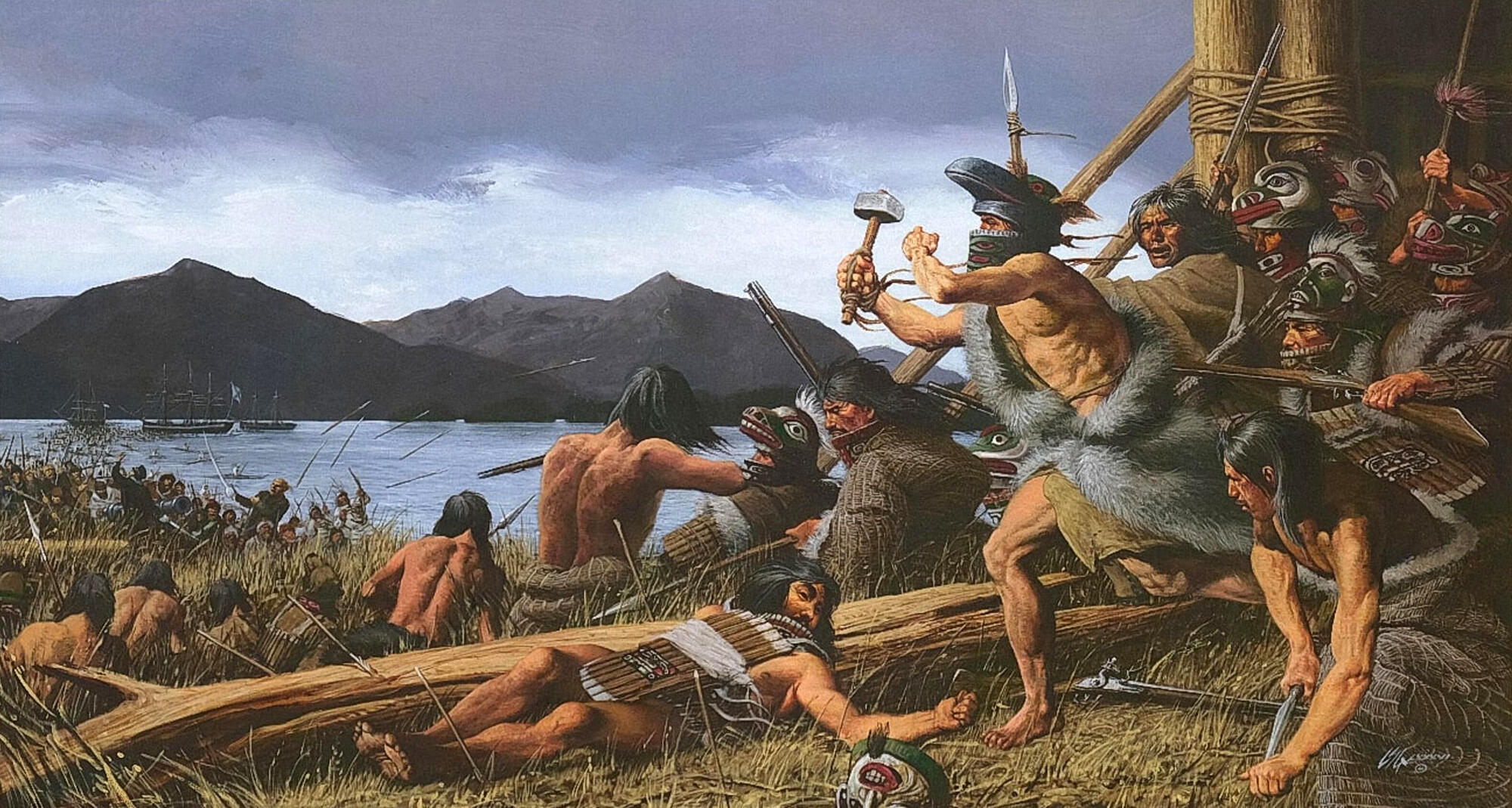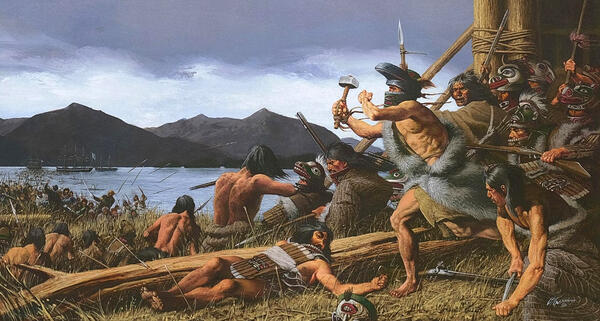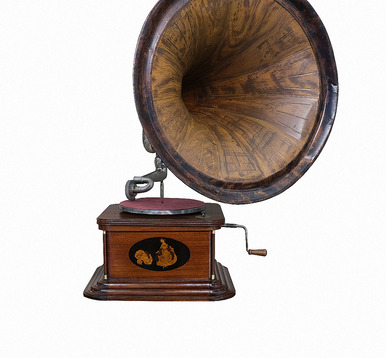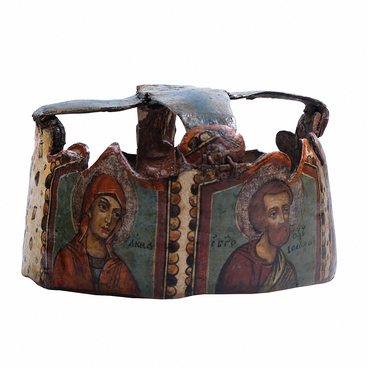The engraving “The 1804 Battle of Sitka” describes one of the events in Russian history. Today, the place where the battle took place belongs to the United States — Sitka Island is located on the territory of the state of Alaska. But in the early 19th century, there was a settlement of Russian colonists there.
The Kargopol merchant Alexander Baranov was engaged in the development of the lands. He laid the foundation of the economy in so-called Russian America — the totality of the territories of the Russian Empire in those places. Baranov organized the life of the colonies and regulated the fur trade. Having accepted a small artel on the island of Kodiak, he gradually moved east and built new settlements. In 1799, he purchased a plot of land from the Tlingit Indians on Sitka Island, where he built the fort of St. Michael the Archangel.
But three years later, the Indians violated the peace treaty and attacked the fortress: they destroyed the structure and killed almost all the male defenders. Two years later, a flotilla of 300 kayaks and 4 sailboats of a Russian-American company arrived here. There was a large detachment on board, formed from industrialists and the local population — the Aleuts.
The engraving depicts the battle of this detachment with the Tlingit Indians in the autumn of 1804. The operation was headed by Alexander Baranov himself. He tried to hold peaceful negotiations, but the attempt failed.
The artist depicted the moment of the storming of the Indian fort by the Russians. War paint is visible on the faces of the Indians, animal masks of predatory animals and fictional monsters are on their heads. In the foreground, the artist captured the leader of Katlian — he goes into battle with a blacksmith’s hammer in his hand. The warrior took it away from a Russian blacksmith in the first battle, and since then it served him as a weapon. Industrialists are led into the attack by Alexander Baranov, armed with a saber. It is known that he was wounded in this battle.
Not accustomed to battles, the Aleuts could not stand the strain and fled, followed by all the other warriors. But a little later, the Tlingit opponents, realizing the advantage of the prepared detachment, left the fort under the cover of night. So, the purchased part of the island returned to the Russian Empire.
The engraving was made by the American illustrator Louis Glanzman. He was commissioned by the Sitka Historical Society in the USA. The museum holds the third of 25 prints. This is a very valuable specimen — the first prints are considered the most expensive.
The work was owned by Irina Afrosina, a descendant of Alexander Baranov. She took part in a reconciliation ritual in 2005 in Alaska and later transferred the work to the Kargopol Museum.
The Kargopol merchant Alexander Baranov was engaged in the development of the lands. He laid the foundation of the economy in so-called Russian America — the totality of the territories of the Russian Empire in those places. Baranov organized the life of the colonies and regulated the fur trade. Having accepted a small artel on the island of Kodiak, he gradually moved east and built new settlements. In 1799, he purchased a plot of land from the Tlingit Indians on Sitka Island, where he built the fort of St. Michael the Archangel.
But three years later, the Indians violated the peace treaty and attacked the fortress: they destroyed the structure and killed almost all the male defenders. Two years later, a flotilla of 300 kayaks and 4 sailboats of a Russian-American company arrived here. There was a large detachment on board, formed from industrialists and the local population — the Aleuts.
The engraving depicts the battle of this detachment with the Tlingit Indians in the autumn of 1804. The operation was headed by Alexander Baranov himself. He tried to hold peaceful negotiations, but the attempt failed.
The artist depicted the moment of the storming of the Indian fort by the Russians. War paint is visible on the faces of the Indians, animal masks of predatory animals and fictional monsters are on their heads. In the foreground, the artist captured the leader of Katlian — he goes into battle with a blacksmith’s hammer in his hand. The warrior took it away from a Russian blacksmith in the first battle, and since then it served him as a weapon. Industrialists are led into the attack by Alexander Baranov, armed with a saber. It is known that he was wounded in this battle.
Not accustomed to battles, the Aleuts could not stand the strain and fled, followed by all the other warriors. But a little later, the Tlingit opponents, realizing the advantage of the prepared detachment, left the fort under the cover of night. So, the purchased part of the island returned to the Russian Empire.
The engraving was made by the American illustrator Louis Glanzman. He was commissioned by the Sitka Historical Society in the USA. The museum holds the third of 25 prints. This is a very valuable specimen — the first prints are considered the most expensive.
The work was owned by Irina Afrosina, a descendant of Alexander Baranov. She took part in a reconciliation ritual in 2005 in Alaska and later transferred the work to the Kargopol Museum.



